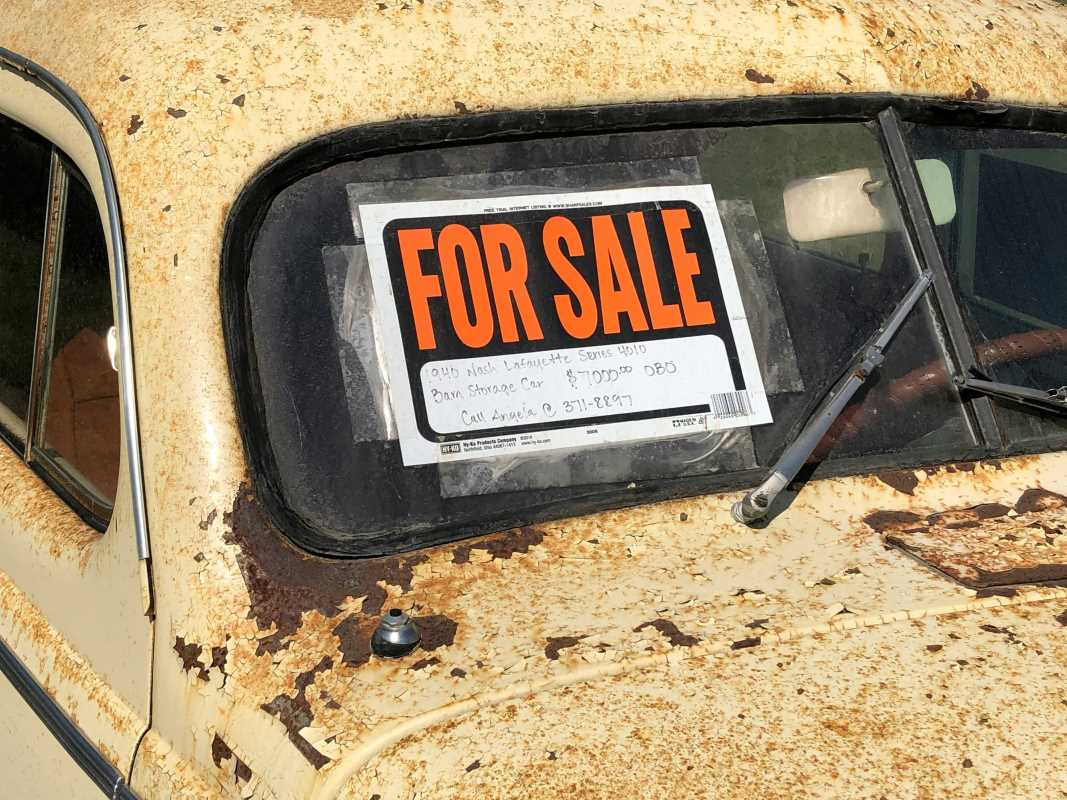When it’s time to part ways with your four-wheeled companion, every car owner’s goal is the same, to sell it fast and for the best possible price. The secret to achieving this isn’t just luck or timing, but what you do before your car hits the market. A well-prepped car doesn’t just attract more attention; it can also boost its perceived value, making buyers willing to pay more.
Prepping your car to sell isn’t rocket science, but it does require strategic effort. From sprucing up its appearance to gathering the right paperwork, small steps can make a big difference. Here’s everything you need to know to ensure your car looks its best and gets snapped up quickly.
Starting with a Deep Clean
First impressions matter, and nothing turns off a buyer faster than a dirty car. Giving your vehicle a thorough clean, both inside and out, is the non-negotiable first step in your selling prep.
Start with the exterior. Wash your car with a high-quality soap that brings out its shine, and pay special attention to the wheels and tires. A layer of grime says you didn’t care much for maintenance, even if you did. Consider waxing after the wash to give the paint that showroom sparkle.
Next, tackle the interior. Vacuum every corner, wipe down the dashboard, clean the windows, and don’t forget the cup holders (they’re always messier than you think). If your car has a funky, lived-in smell, invest in an odor eliminator instead of masking it with overpowering air fresheners. The goal is to present a clean slate for the next owner.
Taking Care of the Maintenance
A car that looks great but runs poorly is a recipe for stalled sales. Ensuring your ride is mechanically sound not only makes it more appealing to buyers but also gives them confidence that they’re making a smart purchase.
Start by catching up on basic maintenance. Oil changes, brake checks, and tire rotations should all be up-to-date. From there, take care of any lingering issues that could weaken your negotiating position. Do the windshield wipers make noise? Replace them. Is a warning light flashing on the dashboard? Get it checked out.
Depending on the age and mileage of your car, it might be worth scheduling a professional inspection. Bringing along a recent mechanics report shows buyers you’re serious about transparency, which can help grease the wheels of negotiation.
Gathering the Right Paperwork
There’s no faster way to spook a buyer than by fumbling over missing documents. Being prepared with a full record of your car's history and legal paperwork is just as important as its shine and functionality.
Start with the essentials. Have the car title and registration ready to go. If your state requires emissions or safety inspections, make sure you’ve got the latest certifications.
Don’t underestimate the value of service records, either. A neatly organized file showing routine maintenance and repairs tells buyers you’ve taken care of the car. If you have documentation for major components like new tires, replaced brake pads, or a timing belt repair, include these too. Transparency builds trust, and trust sells cars.
Perfecting the Presentation
Shopping for a car is a visual experience, and presentation plays a major role in how buyers perceive value. Aside from cleaning and fixing the basics, there are steps you can take to subtly enhance your car’s appearance without breaking the bank.
Focus on small but impactful areas. For instance, scuffed hubcaps or foggy headlights can age your car significantly. Buffing the headlights and cleaning or touching up the wheels will make your car look years younger. If your car has minor paint chips or scratches, consider using a touch-up kit or hiring a professional to handle them.
Inside, add finishing touches like new floor mats or seat covers if the originals are worn out. These inexpensive updates can make the interior feel fresh and inviting. Even a simple vacuum line pattern on the carpet can signal care and attention to detail.
Pricing and Market Research
Setting the right price is key to a quick and successful sale. Listing your car at too high a price could deter buyers, while setting it too low might make them suspicious about hidden problems. Research is your friend here.
Start by consulting trusted valuation tools like Kelley Blue Book or Edmunds to get an idea of what similar cars in your area are selling for. Consider key factors like mileage, condition, and added features when comparing prices. If you’re in a hurry to sell, pricing your car slightly below market value can attract increased attention and generate faster offers.
Make sure your ad reflects why your car is worth what you’re asking. Note any upgrades, recent repairs, or warranties that are included. A compelling, well-thought-out listing can make all the difference.
 (Image via
(Image via





